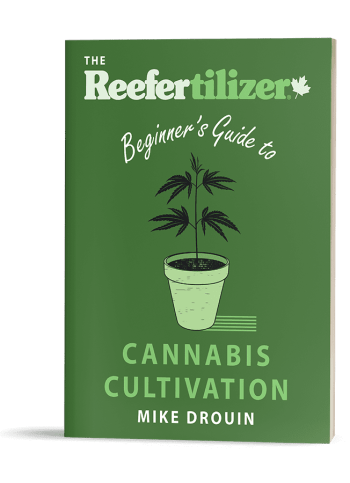Mold and mildew thrive in environments where high humidity and poor air circulation prevail. In cannabis grows, these conditions are often met inadvertently, making plants susceptible to fungal infections like botrytis (bud rot) and powdery mildew. Understanding these factors can help prevent infestations that damage yield and quality.
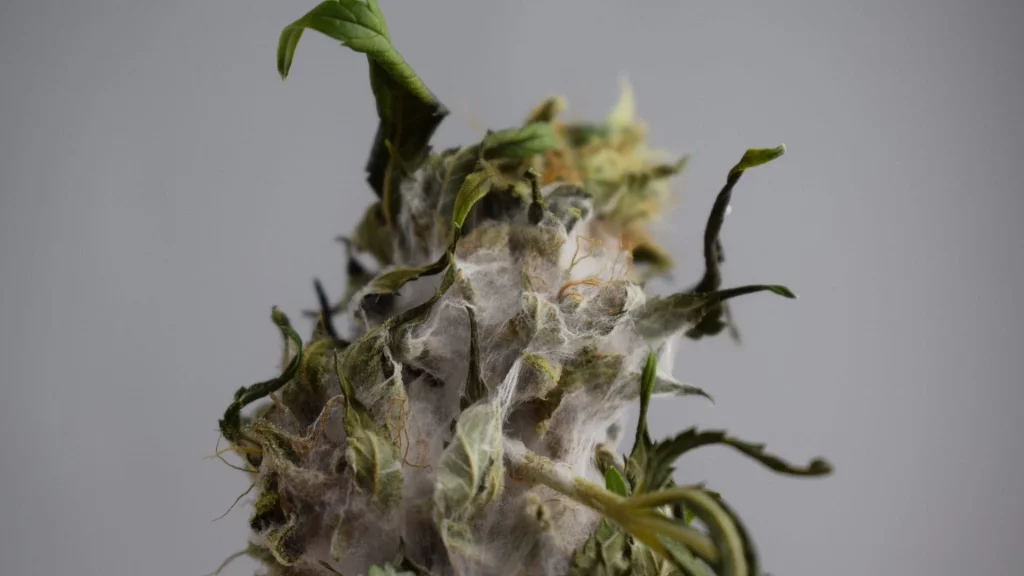

Quick Summary:
Mold and mildew in cannabis is caused by high humidity and inadequate air circulation. Keeping humidity below 60% during the flowering stage and using proper ventilation can prevent mold development.
Learn to Grow Better Weed
Download our free guide to growing amazing cannabis at home.
Click Here For More Info
What Causes Mold and Mildew in Cannabis Grows?
Humidity Levels:
Cannabis plants require specific humidity levels at different growth stages. When the relative humidity exceeds 60% during the flowering stage, it creates an ideal environment for mold and mildew to develop. This is especially common when environmental controls are inadequate. For tips on optimizing grow room humidity, check out our guide on Optimizing Your Grow Room’s Climate.
Air Circulation:
Proper ventilation plays a pivotal role in mold prevention. Stagnant air allows moisture to settle on leaves and buds, which mold spores capitalize on to grow. Ensuring consistent air movement with fans and maintaining an efficient air exchange system can significantly mitigate this risk. Good airflow also helps plants breathe by cycling oxygen and carbon dioxide.
Temperature Fluctuations:
Sudden drops in temperature, particularly in conjunction with high humidity, can also promote mold growth. Mold spores are more likely to germinate in cool, damp conditions that often occur overnight if temperatures are not adequately regulated.
Watering Practices:
Overwatering contributes to excessive moisture within the grow environment, further increasing mold risk. It’s important to balance moisture levels by implementing proper watering schedules. Learn more about appropriate plant watering and feeding routines in our article on How Often Should I Feed and Water My Cannabis?.
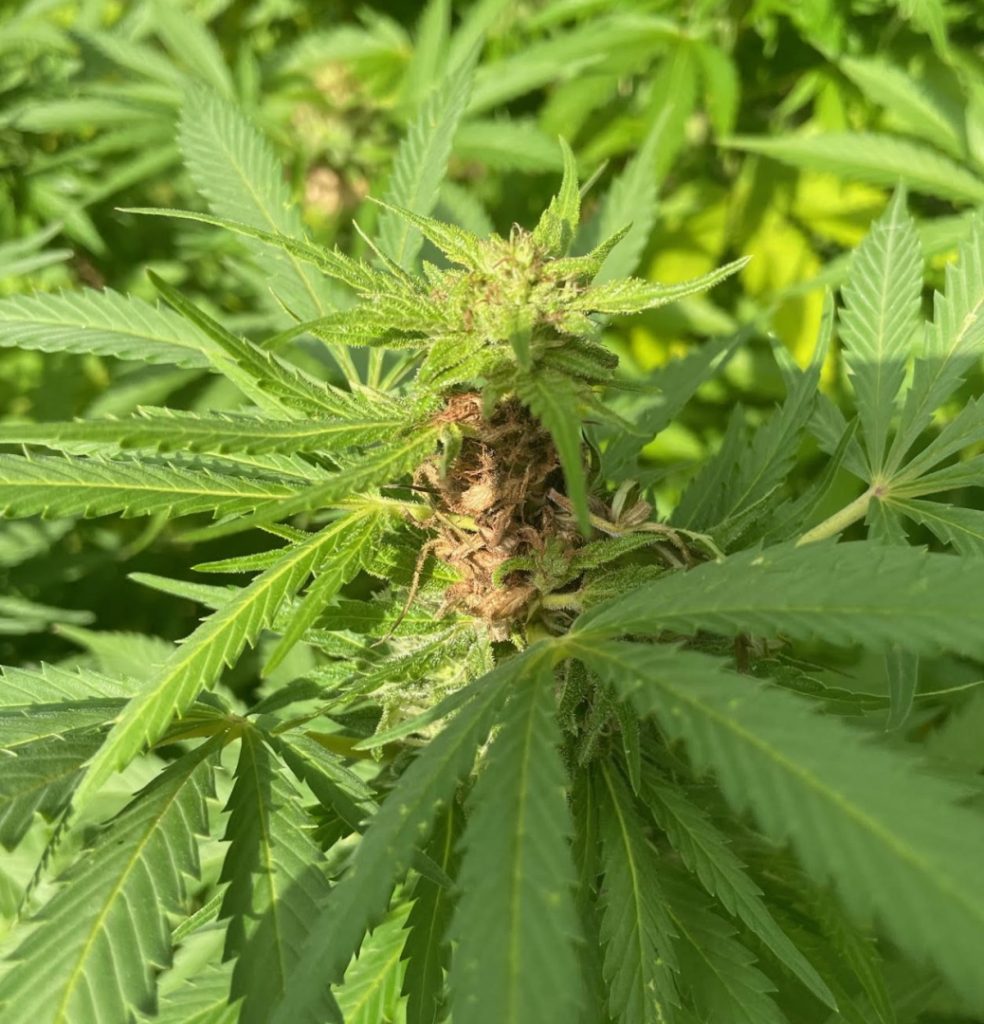

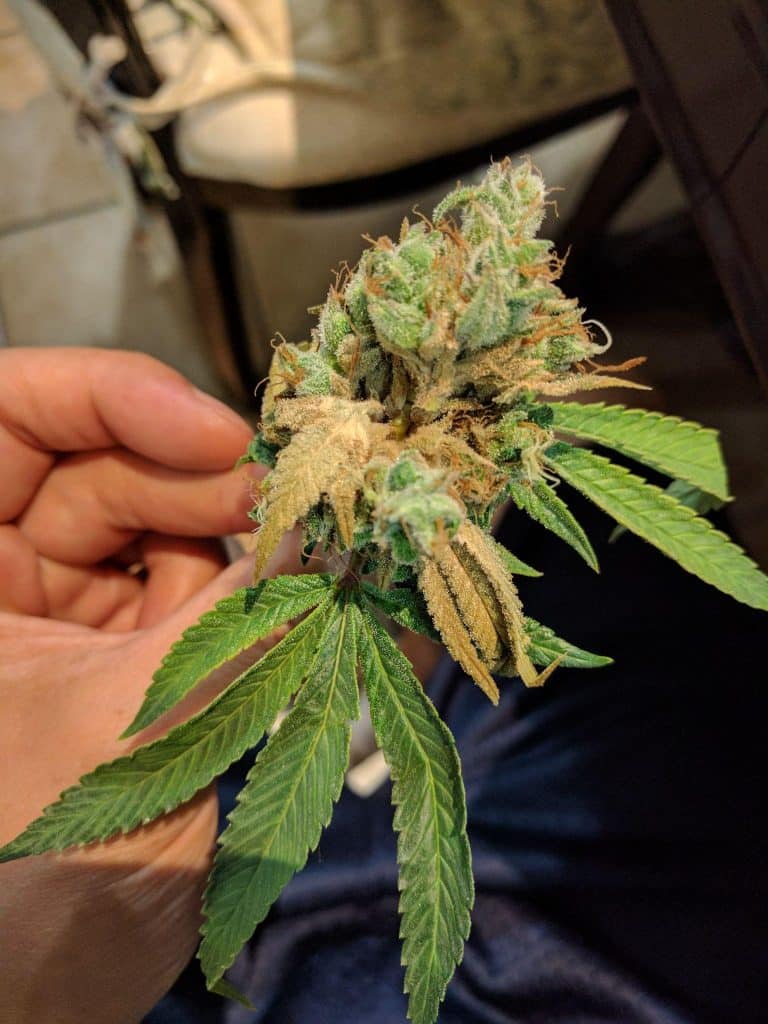

Signs of Mold and Mildew and How to Spot Them Early
Identifying mold and mildew early in your cannabis grow is critical to prevent widespread damage and potential crop loss. Here are key indications that your plants might be facing these fungal threats:
Discoloration:
Look for unusual white, grey, or yellowish spots on the leaves and buds. These can quickly spread across the plant if left unchecked. The appearance of powdery or fuzzy residues is often a telltale sign of mildew or mold presence.
Musty Odors:
A strong, musty smell is a clear indicator of mold. This odor can start even before visual signs appear, so a regular scent-check around your grow area can be an effective early detection method.
Damp Spots:
Soft, damp sections on stems or leaves can suggest excessive moisture, which mold thrives upon. These areas may also look darker than healthy plant parts.
Leaf Wilting or Drooping:
While drooping can be caused by various factors, when coupled with dampness and discoloration, it’s often related to mold or mildew issues.


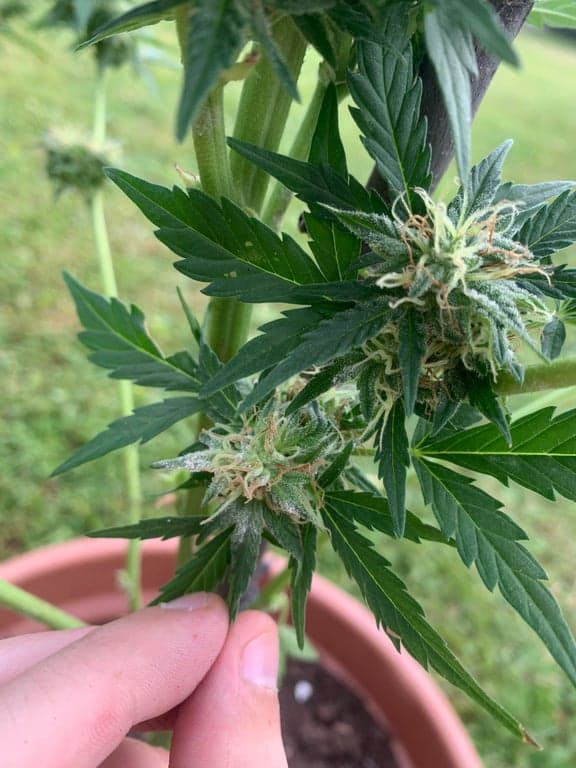

Ways To Prevent Mold While Growing Cannabis
Preventing mold and mildew in indoor cannabis grows starts with controlling environmental factors crucial for fungal growth—mainly humidity and airflow. Keeping these elements in check not only enhances plant health but also optimizes terpene production, resulting in more flavorful and aromatic buds.
Control Humidity:
Maintain humidity levels between 40% and 60%. This range discourages mold growth without drying out your plants. Investing in a good quality hygrometer will help you monitor these levels with accuracy.
Ensure Proper Air Circulation:
Use oscillating fans and exhaust systems to keep the air moving and prevent stagnant conditions where mold spores thrive. Proper ventilation is key to dispersing moisture evenly throughout the grow space.
Plant Spacing:
Avoid overcrowding your grow space. Proper spacing allows for ample air circulation around each plant, reducing the risk of moisture-rich microclimates that promote mold.
Choose the Right Location:
Position your cannabis plants in a spot that receives adequate sunlight and airflow. Sunlight helps to reduce moisture on the leaves which mold thrives on, and good air movement prevents the stagnant conditions that allow mold and mildew to flourish.
Regular Maintenance:
Trimming excess foliage and removing any dead or dying leaves can significantly lower the risk of mold and mildew. Clean, well-maintained plants have better airflow through the canopy, which is critical for thwarting fungus development.
Grow Mold-Resistant Strains:
Opt for genetically mold-resistant cannabis strains especially if you live in a region with high humidity or frequent rainfall. These strains are bred to withstand mold, making them ideal for outdoor growing conditions.
Stay on Top of Weather Reports:
Being proactive about upcoming rain or high humidity conditions allows you to take preemptive actions such as covering your plants or adjusting your maintenance schedule.
By integrating these practices into your regular cannabis care routine, you can greatly reduce the risk of mold and mildew for both indoor and outdoor cannabis plants.
Best Mold-Resistant Cannabis Strains
Selecting the right cannabis strain is a key step in preventing mold and mildew. Some strains have naturally evolved or have been bred to resist fungal infections more effectively, which can be a significant advantage for both new and experienced growers focusing on terpene richness and overall plant health.
Characteristics of Mold-Resistant Strains:
Mold-resistant strains typically exhibit strong immune responses to moisture and airborne pathogens. These genetics mean the plants are less likely to succumb to mold even in less-than-ideal environmental conditions, thereby reducing the risk of entire crop failures.
Popular Mold-Resistant Strains:
Some well-known mold-resistant strains include Northern Lights, Sour Diesel, and Blue Dream. These strains are not only tolerant to mold but also known for their robust terpene profiles, which contribute to their unique flavors and aromas.
Where to Find More Information:
For those looking to dive deeper into selecting the right strain, consider reviewing resources that focus on genetic traits and growth recommendations for various environments. The Mold-Resistant Cannabis provides additional insights into choosing strains that are best suited for your growing conditions.
More Tips For Avoiding Bud Rot and Mold
Controlling humidity and ensuring proper airflow are critical in preventing mold and mildew in cannabis grows. These elements not only help in avoiding fungal issues but also play a significant role in enhancing terpene production, leading to more aromatic and flavorful buds.
Using Dehumidifiers:
In areas with naturally high humidity, incorporating a dehumidifier can be vital. Adjust the settings based on the growth stage to create the perfect environment for your plants.
Cleanliness Matters:
Keep your grow area clean and free of debris. Remove fallen leaves or dead plant matter immediately, as these can be breeding grounds for mold. Regularly clean and disinfect your tools and containers to prevent the spread of spores.
Prune Properly:
Pruning helps increase airflow around and within your plant’s foliage, which is critical in moisture management. Remove any excess, particularly from the lower parts of the plant that may have less airflow. Don’t remove too many leaves or branches at one time or you could hurt your plant. A large handful at a time is usually safe.
Monitor Watering Practices:
Overwatering can increase humidity levels and foster fungal growth. Ensure your watering schedule meets the plants’ needs without excess moisture buildup. Proper drainage is also necessary to avoid water pooling. If growing outdoors, water your plants in the morning so the top soil has time to dry out and not add moisture below the canopy.
If you want to learn even more about growing good cannabis, we offer a free 40+ page guide full of images.
Now available on Amazon.
Sign up for our newsletter and download the digital copy today!
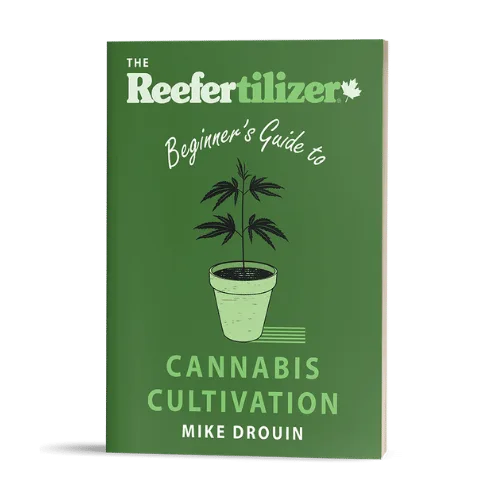

This guide will answer many questions about growing cannabis, like the following...
Selecting Seeds
Identify and Correct Problems
Maximize Yield
Much More...
Get a Chance to INSTANTLY WIN a Reefertilizer Nutrient Kit When You Sign Up.
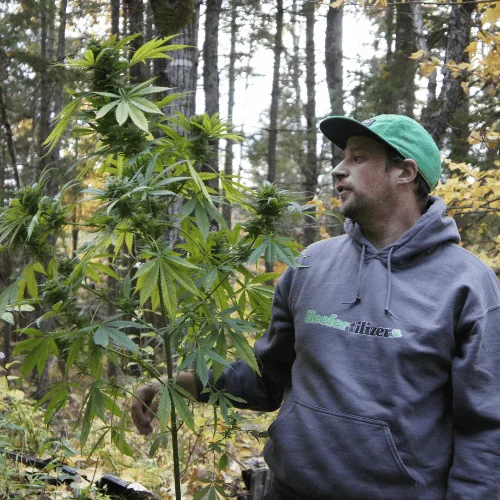

Mike Drouin is the co-founder of Reefertilizer. He’s an experienced craft cannabis grower and a writer of many articles regarding the process. Mike lives on Vancouver Island and enjoys cycling and camping and will sometimes combine the two.

